Miscellaneous Cleaning Tips

Miscellaneous cleaning tips.
Caring for Wrought Iron
A protective coat of liquid wax will make cleaning easier and retard rusting. Do not use liquid wax on fireplace accessories because it is flammable.
Cleaning Brass
Keep decorative items dusted and clean. Wash in sudsy, lukewarm water, rinse and dry. Never use hot water on lacquered items as it loosens the lacquer; do not polish them or soak them in water.
Cleaning Brick Fireplaces
If the fireplace is to be used for family entertainment such as popcorn popping, or marshmallow toasting, etc., it would be wise to have brick or stone fireplace front surface sealed so as to resist absorption of grease or oils, and smoky soot.
Formulas For Cleaning Fireplace Surfaces: (Wear rubber gloves to protect hands.)
1. Mix one ounce of soap and one ounce of table salt with enough water to make a cream. Rub mixture into brick surface with cloth; allow to dry at least ten minutes and remove with stiff brush; or
2. Make a thick mixture of soap or detergent, pumice, a little ammonia and hot water. Paint the mixture on the surface and let dry. Rub off with a wet scrub brush. You are using alkali and a mild abrasive to remove the greasy soil; or
3. Shave a bar of naptha soap into a container and add 3 quarts of water. Bring mixture to a full boil until the soap melts. Cool. Add 1 cup ammonia and one pound of pumice. Mix thoroughly. Brush in onto all sooty surfaces and let stand one hour or more. Rub off with a stiff-bristle brush.
Rinse “gook” away with warm water, then finish off with a medium to strong detergent and rinse again with warm water; or
4. Dissolve 8 tablespoons (1/2 cup) Trisodium Phosphate or spic&span (TSP) in 1 gallon of hot water. With stiff scrub brush, scrub brick surface. Rinse with plenty of warm water. Repeat if soot or greasy stain is not removed. More TSP may be added if necessary, up to 1 cup per gallon. This is a very strong solution; avoid getting on skin, carpet, or fabrics.
Note: Some weathered old brick (50 years or older) may be soft and damaged by vigorous cleaning. Test a corner, and if this is so, just dust or sweep it.
Cleaning Chandeliers
1. Take out all bulbs and put them aside.
2. Lay a folded towel over the bottom of a sink or dishpan. Half fill this with medium hot water. Add soap or detergent and swish up suds.
3. Fill a large pan with clean hot water for rinsing. Add a little ammonia to this rinse water for extra sparkle. Also pad this pan with a towel to keep fine glass from breaking.
4. To wash, take the crystal drops and saucers off of the chandelier, a few at the time. Wipe the frame or “arm” of the chandelier with a cloth wrung out of suds.
5. Wash the parts in the sudsy water. Rinse them with hot water and wipe them dry. Then put them back right away to make sure that they go in the right places. If any pins or wires look weak or rusty, put in new ones.
6. Keep on taking down, washing, and rehanging more parts until the whole piece is clean.
7. Sponge off the bulbs. Rinse them, wipe them dry and put them into their sockets again.
Cleaning Copper
Most pieces of decorative, modern copper are protected by a factory-applied, baked-on lacquer. Only dusting and an occasional washing with lukewarm, soapy water are needed to keep lacquered objects shiny. Never polish them.
Lacquer must be removed from eating and cooking utensils before using. To remove lacquer, place the item in 2 gallons of boiling water to which 1 cup of washing soda has been added. The lacquer will peel off.
An alternate method to remove lacquer is to rub with a cloth saturated with acetone or alcohol.
The Author:
Anne Field, Extension Specialist

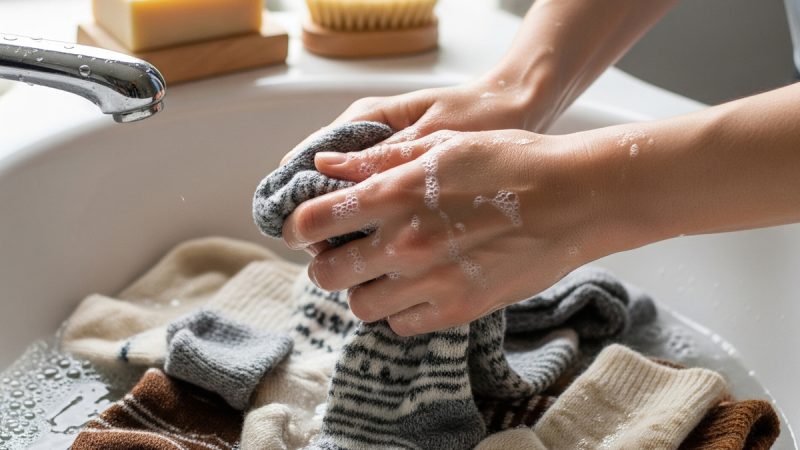
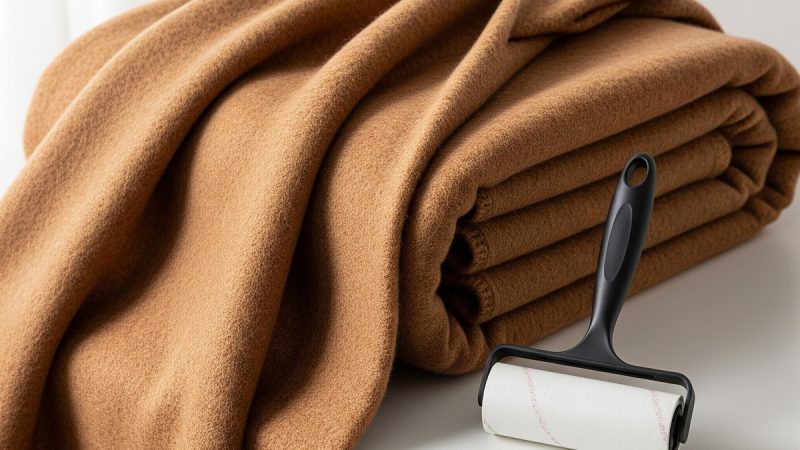
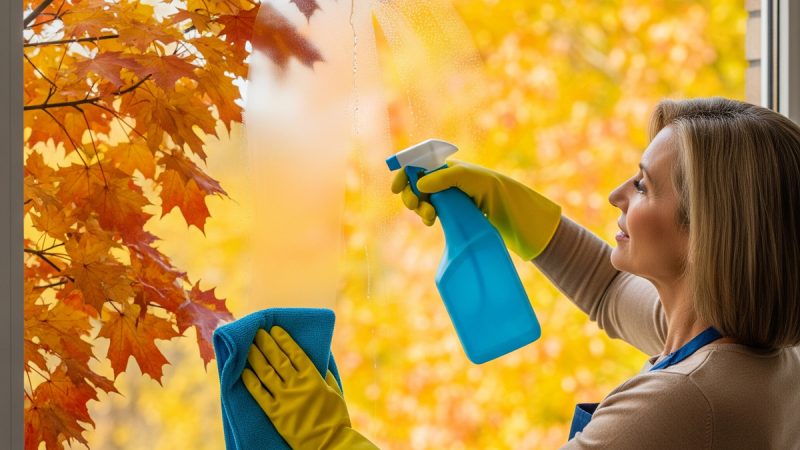

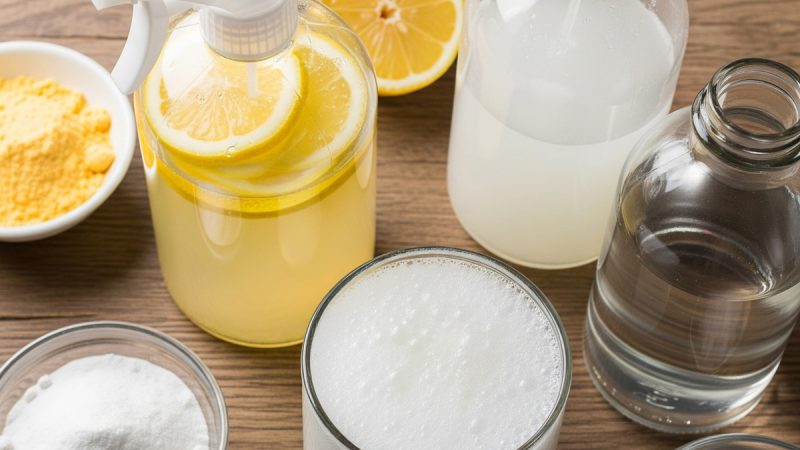
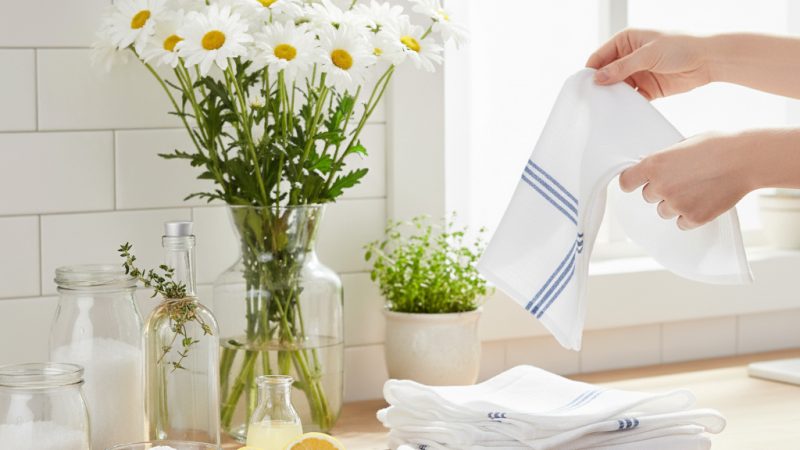

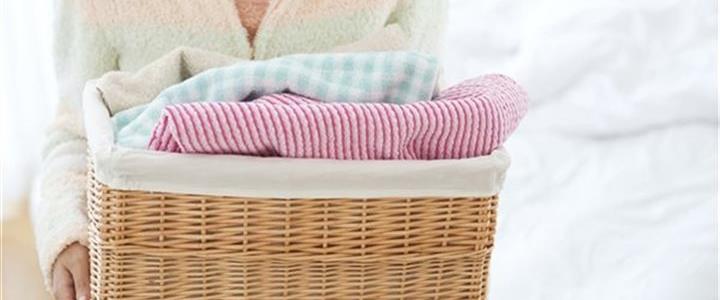
Clean Brass – Wet a cloth with warm water, scrub with a soft abrasive pad if the brass is very dirty then wipe clean with hot sauce, dab on cloth or ketchup (contains vinegar). Buff brass with a soft cloth afterwards.
I would never have thought to clean brass with hot sauce or ketchup! Definitely going to try this tip. Thanks for sharing!
Thank you for your very helpful stain removing hints. But I have found that the best way to deal with spilt red wine on carpet is to cover the area with a thick layer of ordinary table salt, then when the salt has become hard and has absorbed all the wine, remove the salt and vacuum.
I had no idea that salt can remove red wine stains from carpet. I’ll definitely be trying this next time. Thanks for the suggestion!